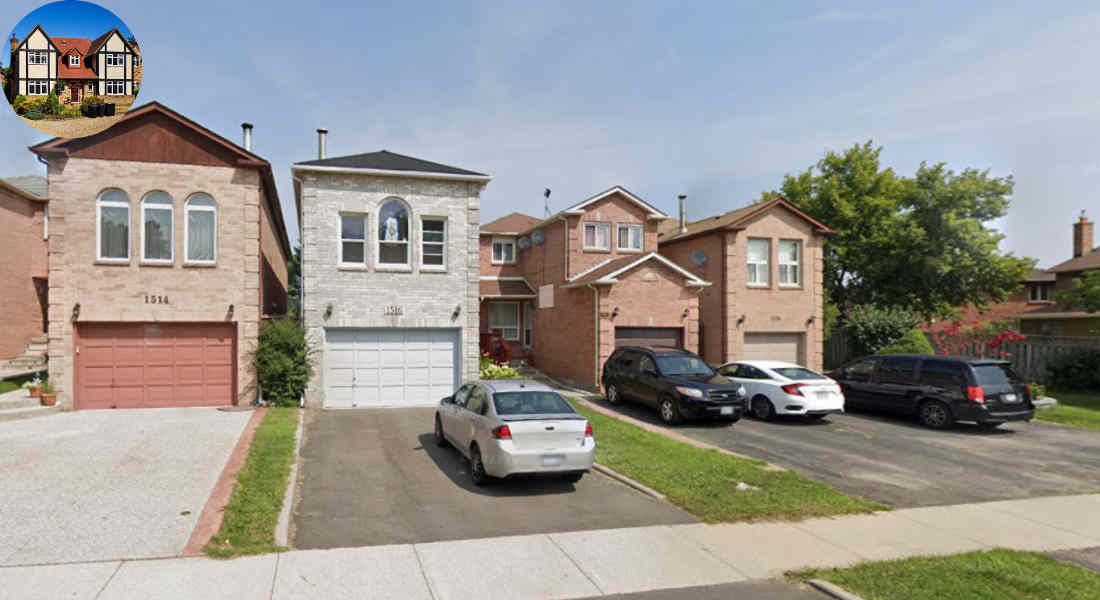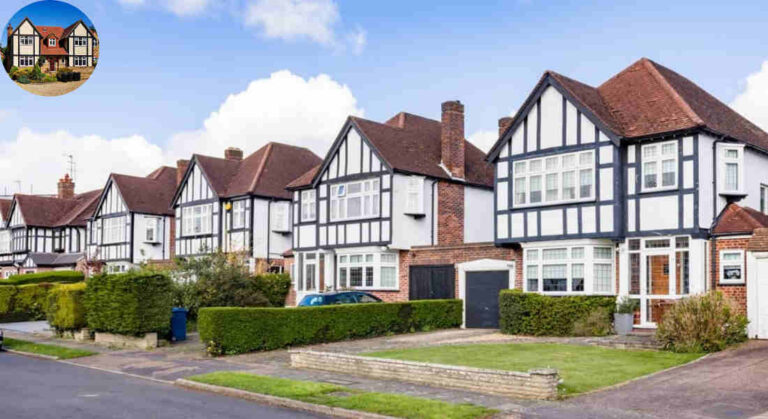A linked house, also known as a link-detached house, is a unique type of residential property that combines features of both detached and semi-detached homes. Unlike fully detached houses, linked houses share a connection with a neighboring property, but this link is typically through a non-living space such as a garage, basement, or foundation wall, rather than a main living wall. From the street view, linked houses often appear detached, offering homeowners a higher level of privacy and independence compared to semi-detached homes, while generally being more affordable than fully detached houses. This design allows builders to save space and reduce construction costs while providing many of the benefits of detached living.
Types of Linked Houses
Linked houses come in various styles, each offering unique living experiences. One common type is the townhome. These properties are typically arranged in rows and share walls with adjacent units. They often feature multiple levels and private entrances.
This design allows for more privacy compared to a traditional townhouse.
Duplexes also fall under this category, consisting of two separate living spaces within one structure. Each unit may have its own entrance, making it ideal for families or rental opportunities.
There are linked bungalows that combine modern convenience with traditional charm. These homes generally sit on smaller lots but offer comfortable single-story living without sacrificing space or style.
Benefits of Living in a Linked House
Living in a linked house offers several appealing advantages.Cost-effectiveness is one of the most significant benefits.Shared walls mean lower heating and cooling costs, which can significantly reduce your monthly bills.
Linked houses often foster close-knit neighborhoods where neighbors know each other well. This sense of belonging can enhance your living experience, making it more enjoyable.
Space efficiency also plays a role. Many linked houses maximize their footprint with clever designs that utilize every square inch effectively. You’ll likely find innovative layouts that suit modern lifestyles without compromising comfort.
Furthermore, maintenance tends to be simplified when compared to standalone homes. With shared responsibilities for exteriors and common areas, you may spend less time on upkeep and more time enjoying life at home!
These benefits make linked houses an attractive option for many potential homeowners looking for practicality paired with community spirit.
You may also read (effective strategies for heating your home without gas).
How Does a Linked House Work?
A linked house operates by sharing one or more walls with neighboring properties. This architectural design creates a seamless living experience while maximizing space in urban areas.
The layout often includes common structural features, such as foundations and roofs. These shared elements contribute to better energy efficiency, reducing heating and cooling costs for residents.
Inside, linked houses typically offer similar floor plans that cater to modern lifestyles. Enhance Family Connections with These Open-Concept Living Space Ideas.
Residents benefit from the sense of community fostered by close proximity to neighbors. Social interactions can flourish without compromising privacy too much.
Factors to Consider Before Buying a Linked House
Before buying a linked house, it’s essential to evaluate your lifestyle needs. Consider how much space you require. Will the available square footage accommodate your family comfortably?
Noise levels can be an issue in linked houses due to shared walls. Think about whether you’re sensitive to sound or if quiet is a priority for you.
Check the property’s location and surrounding amenities. Proximity to schools, parks, and public transport can enhance your living experience.
Don’t overlook maintenance costs that may arise from sharing structures with neighbors. Investigate any homeowners’ association fees or regulations as well.
Assess potential resale value. Linked homes can vary widely in market demand depending on the area; understanding this aspect could save you money later on.
You may also read (how do you buy out a partner on a house).
Common Misconceptions about Linked Houses
When exploring the concept of linked houses, several misconceptions often arise. One common belief is that linked houses lack privacy due to their shared walls or connections. However, many designs incorporate soundproofing and strategic layouts to ensure residents enjoy their personal space.
On the contrary, these homes can be built with high standards and offer modern amenities just like traditional standalone homes.
Many people assume that living in a linked house means dealing with strict homeowner association rules or regulations. While some communities may have guidelines, others allow for more flexibility in home modifications and landscaping.
Potential buyers might think that buying a linked house limits future resale value compared to detached homes. In reality, demand varies based on location and amenities rather than house type alone.
Understanding these misconceptions helps clarify what it truly means to live in a linked house while highlighting its unique advantages and lifestyle opportunities available within this housing model.
You may also read (uncovering the mystery who built your home).

